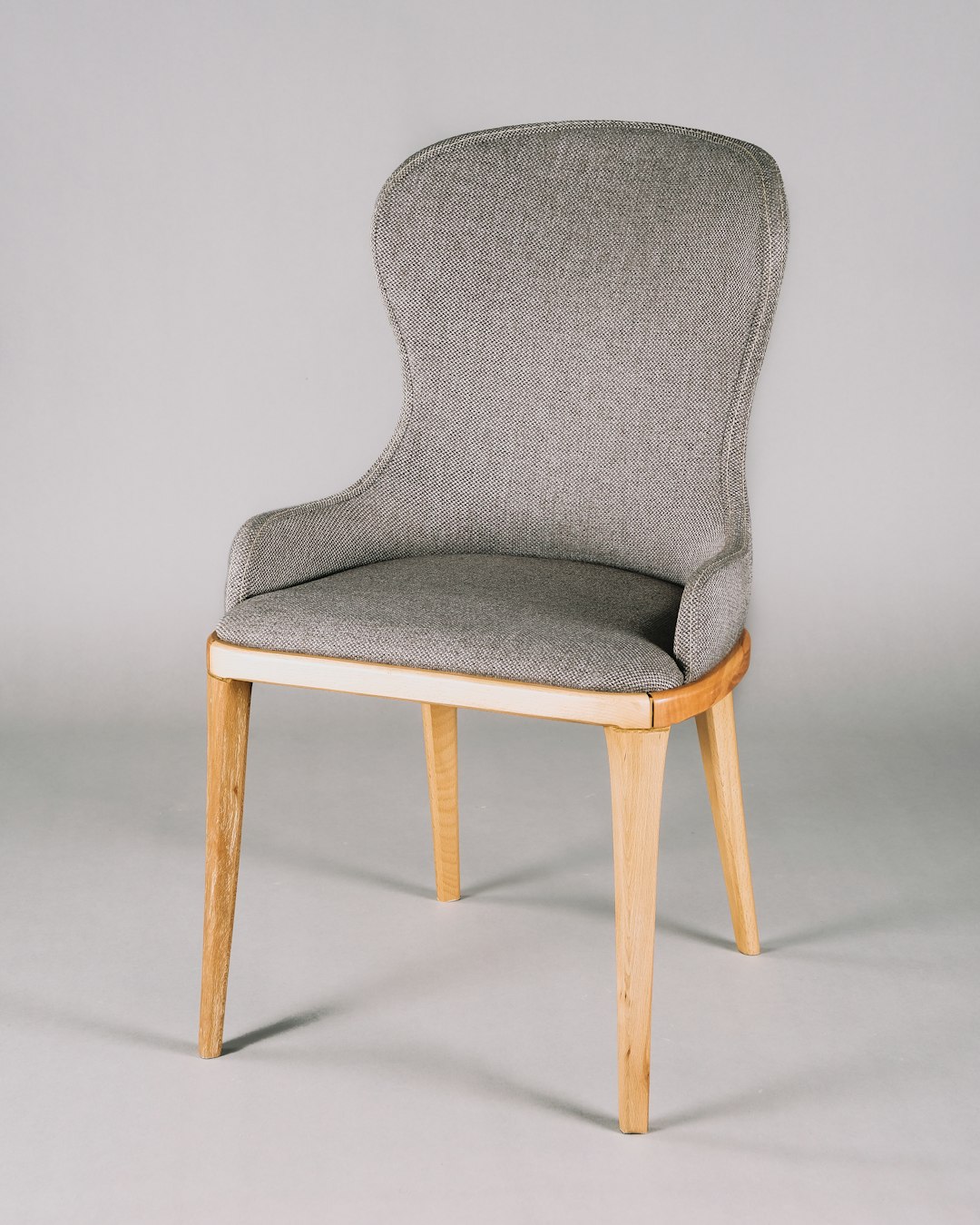Outdoor Furniture Materials: Which One is Right for You?
Choosing the right outdoor furniture materials for your patio or garden can make a world of difference in terms of durability, style, and maintenance. With so many options available in the market, it can be overwhelming to decide which material is best suited for your needs. In this blog post, we will explore the most popular outdoor furniture materials and help you make an informed decision.
1. Wood:
Wood is a timeless and classic choice for outdoor furniture. It offers a natural aesthetic that blends well with any outdoor setting. Different types of wood, such as teak, cedar, and oak, have their unique characteristics. Teak is highly durable, resistant to decay, and weathers beautifully over time. Cedar is known for its natural resistance to insects and rot, making it a great choice for outdoor furniture. Oak is strong and sturdy, but requires regular maintenance to prevent rotting.
Pros: Natural beauty, sturdy and durable, can be stained or painted to your liking.
Cons: Requires regular maintenance, may be expensive compared to other materials.
2. Metal:
Metal outdoor furniture, particularly aluminum and wrought iron, is known for its strength and longevity. Aluminum is lightweight, rust-resistant, and can withstand various weather conditions. It can be powder coated or painted to match your outdoor decor. On the other hand, wrought iron is heavier and more solid, providing an elegant and traditional look. However, it requires regular maintenance to prevent rusting.
Pros: Durable, long-lasting, versatile in design.
Cons: Some metals may heat up in direct sunlight, may require additional cushions for comfort.
3. Wicker:
Wicker furniture has become increasingly popular due to its natural and rustic appearance. It is made from weaving natural or synthetic fibers around a frame, providing a lightweight and cozy seating option. Natural wicker is typically made from rattan or cane, while synthetic wicker is made from resin or PVC. Synthetic wicker is more weather-resistant and requires less maintenance compared to natural wicker.
Pros: Lightweight, stylish, weather-resistant (synthetic wicker).
Cons: Natural wicker requires regular maintenance, may not withstand heavy rain or extreme temperatures.
4. Plastic:
Plastic outdoor furniture is a cost-effective option that offers durability and easy maintenance. It is available in various colors and styles, allowing you to create a vibrant and fun outdoor space. Plastic furniture is lightweight, resistant to fading, and can withstand different weather conditions. However, it may not be as sturdy or as aesthetically pleasing as other materials.
Pros: Affordable, lightweight, low maintenance.
Cons: May lack durability and style compared to other materials.
5. Resin:
Resin outdoor furniture is made from a combination of plastic and synthetic materials. It offers the look of natural materials, such as wood or wicker, but with greater durability and weather resistance. Resin furniture is easy to clean, fade-resistant, and can withstand extreme temperatures. It is available in a variety of colors and styles, allowing you to match it with your outdoor decor.
Pros: Durable, weather-resistant, low maintenance.
Cons: May not have the same natural look and feel as wood or wicker.
When choosing the outdoor furniture material that is right for you, consider factors such as your budget, the climate in your area, maintenance requirements, and the look you want to achieve. Each material has its own advantages and disadvantages, so it’s important to prioritize your needs and preferences. Whether you opt for the timeless beauty of wood, the durability of metal, the rustic charm of wicker, the affordability of plastic, or the versatility of resin, investing in high-quality outdoor furniture materials will ensure long-lasting enjoyment of your outdoor space.

